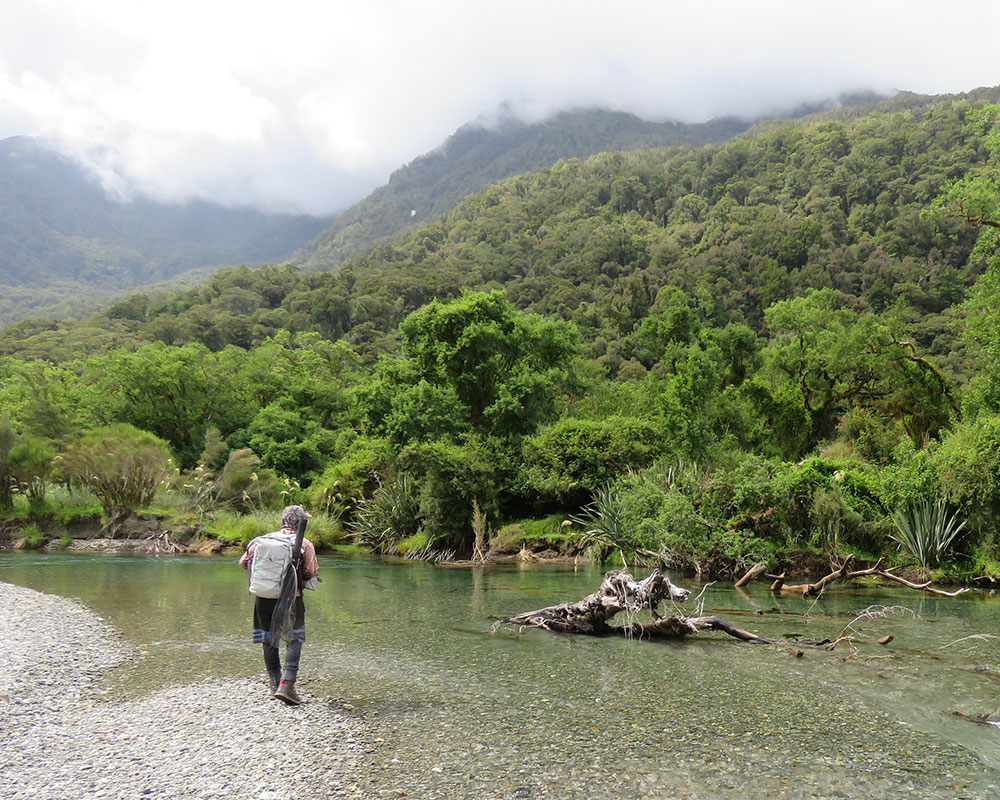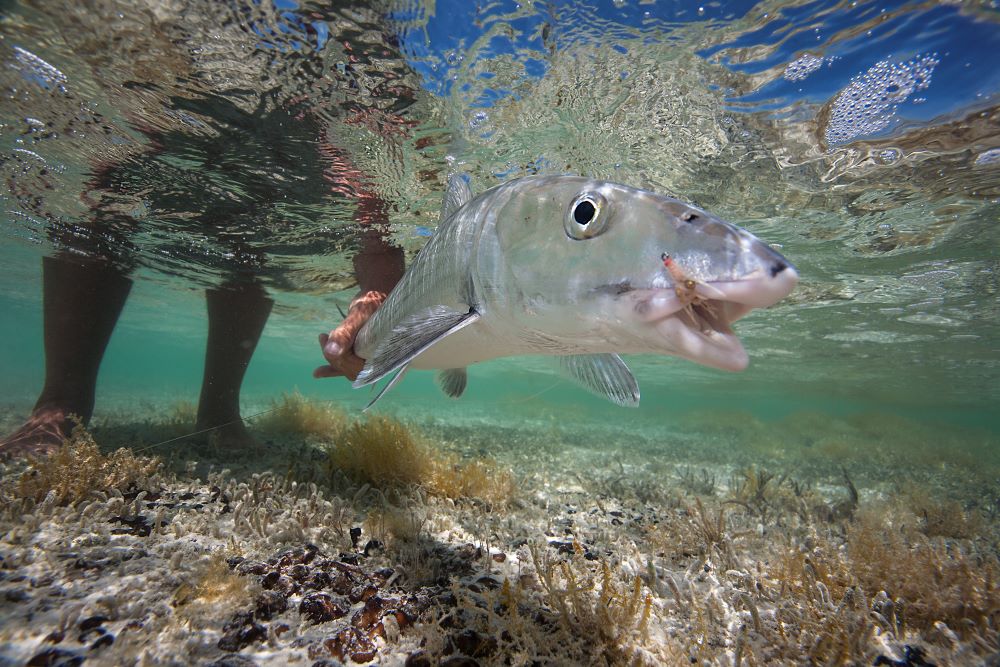
HOW BONEFISH USE TIDES
This is why when bonefish retreat from a flat during low tide, they often do not stray far At low tide, or the earliest stages of flood tide, you can often find a bonefish or two feeding slowly along a shallow edge of a flat, however, these fish can be tough to catch because they are often skittish in the skinny water. These early fish are often not feeding aggressively because the tide has not yet begun to move. In contrast, after the tide has been flooding for a while, you’re likely to find more and larger fish on the flat. These fish should be more comfortable in the deeper water, and with the tide moving more strongly, they should be feeding more aggressively.
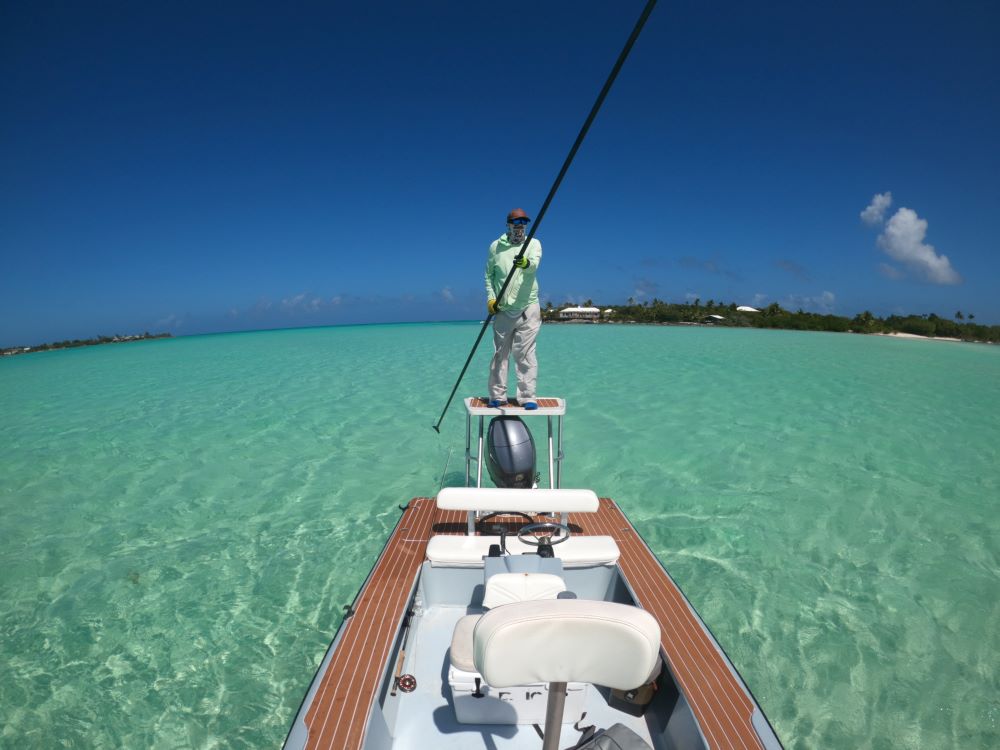
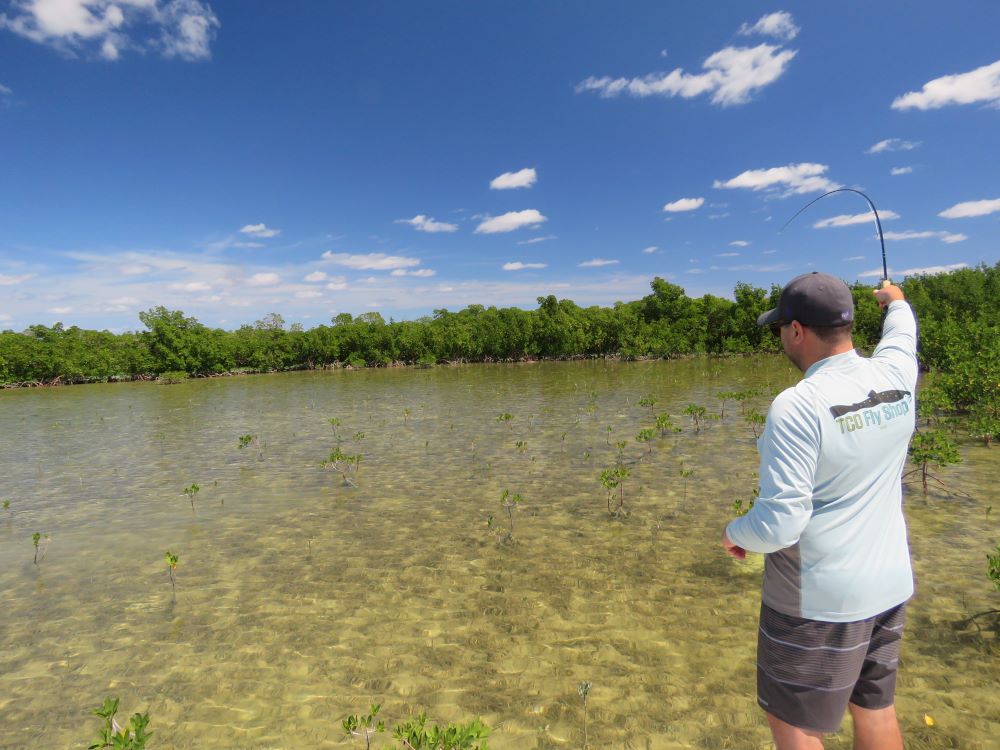
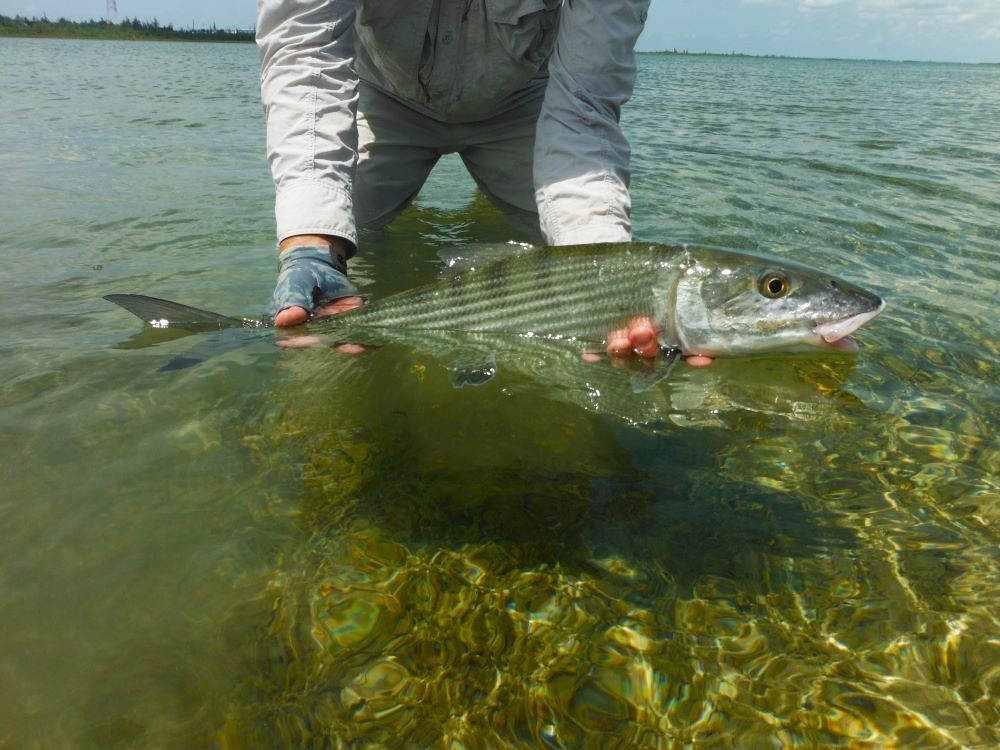
Bonefish will often follow traditional routes onto and off the flats. Many of these access routes are nothing more than small troughs that cross a flat (These access routes are different than the deeper, more obvious channels adjacent to flats that often hold bonefish at low tide).
The best bonefish avenues are the troughs that are only a few inches deeper than the surrounding flat, which lead from deeper edges to the flat’s interior. Often, these access channels are hard to discern when the flat is covered in water, so, if possible, anglers should visit a flat on a late dropping tide and make a note of where the fingers of water are draining the mostly-dry flat. These troughs are also the first to fill on the rising tide, and are usually where bonefish make their first appearance. With experience on a flat, you’ll be able to figure out which of these troughs are the traditional (most used) access routes. Of course, it’s not always that simple – the routes might vary depending on the tide height and the strength of the current, such as the differences you might find between spring and neap tides, or on windy vs calm days.
Early in the rising tide and late in the outgoing tide, find the bonefish travel avenues and you should have brief but intense periods of casting to cruising fish. As the tide rises, move up onto the shallow sand and grass flats, shorelines, shallow mangrove flats, and the shallow ridges of sand flats that are only accessible to bonefish during these spring high tides. These habitats hold a lot of prey, and bonefish know this, so these can be productive places to fish during spring high tides.
Written by Aaron Adams BTT


